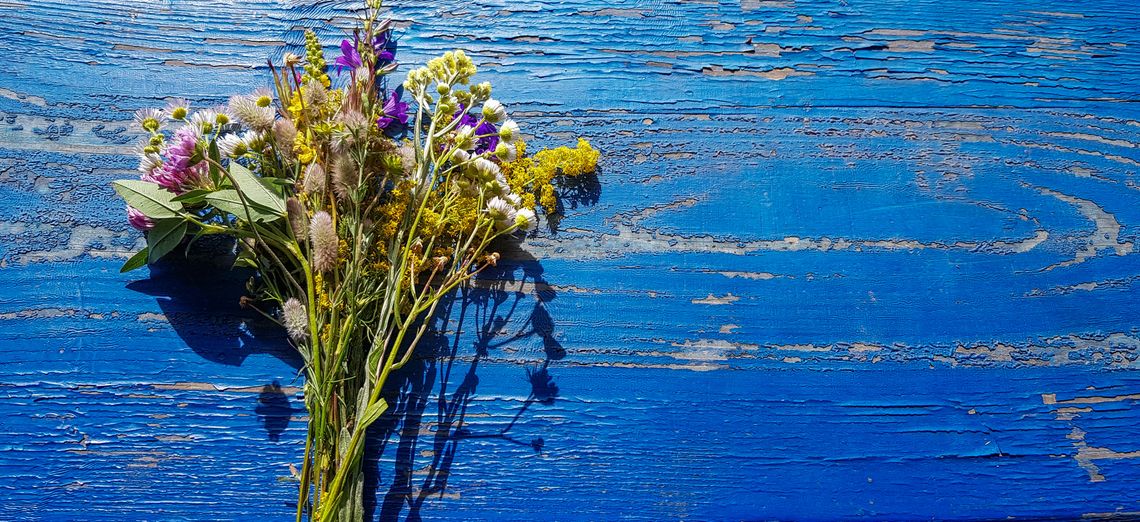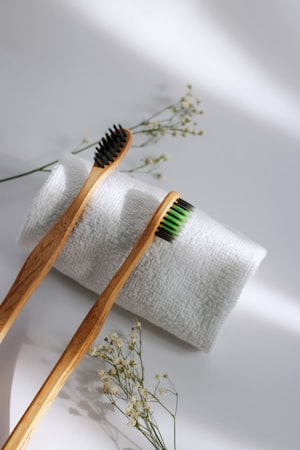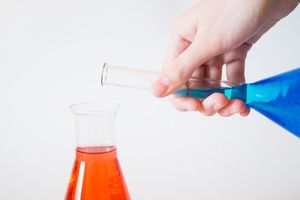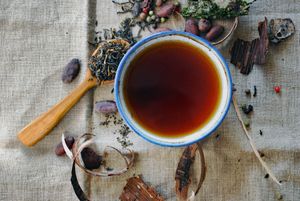
Harvesting, Drying, and Preserving Medicinal Plants: Essential Tips for Quality Raw Materials"
When it comes to the therapeutic effectiveness of medicinal plants, the dialectic relationship between active substances and pharmacodynamic action is of utmost importance. Therefore, the quality of the plant material used is critical.
The first element in obtaining high-quality plant material is identifying the plant organ with the highest concentration of active substances. This can be deduced from the formulation provided for each medicinal plant or tea in this work.
The second important element, also related to the content of active substances, is the optimal time for harvesting. The timing of the harvest is influenced by the stage of plant growth (before flowering, in bud, in bloom, etc.) and the season.
The third element, of a technical nature, is the correct method of harvesting. When harvesting perennial medicinal plants, it is crucial to follow certain unwritten rules to protect the plants and ensure the perpetuation of the species. Harvesting underground organs or whole plants should leave enough individuals in the area to provide material for future growth. When harvesting flowers or floral parts with leaves, scissors should be used instead of cutting branches or even the tree itself. Harvesting buds is recommended in spring forest exploitation parks. Even from fruits, some quantities should be left behind to ensure plant regeneration. It is a civic duty to sow the same species in areas where medicinal plants have been harvested.
Overall, harvesting medicinal plants at the optimal time, in the correct way, and leaving enough material for future growth is crucial for obtaining high-quality plant material for medicinal purposes.
As the therapeutic effectiveness of medicinal plants is based on the dialectical relationship between active substances and pharmacodynamic action, the quality of raw materials is of utmost importance. Here are some best practices for harvesting and processing medicinal plants:
- Know which plant part has the highest concentration of active substances, such as roots, rhizomes, aerial parts, bark, leaves, flowers, fruits, or seeds. This can be deduced from the formulation provided for each medicinal plant in this work.
- Choose the optimal harvesting time based on the plant's growth stage (e.g., before flowering, in bud, during flowering) and the season. The period of the day and the weather conditions during harvesting are also important. Plants containing volatile oils should be harvested in the morning after the dew has evaporated or in the late afternoon until sunset on dry days, or in the morning before sunrise or on cloudy days.
- Use the correct harvesting method to protect perennial medicinal plants and ensure the species' perpetuation. When harvesting underground organs or whole plants, leave enough individuals in the area to ensure material for future years. When harvesting flowers or floral parts with leaves, use scissors. Never cut the branches or even the tree itself, for example, to harvest linden flowers. Harvest buds in forest exploitation plots in the spring. Leave some quantities of fruits to ensure the plants' recovery. After harvesting medicinal plants in an area, it is a civic duty to sow the soil with the same species' propagation material.
Different plant parts have specific optimal harvesting times and methods. Roots, rhizomes, bulbs, and tubers should be harvested early in the spring before the aerial parts develop or late in the fall after the aerial parts wither. Aerial parts should be harvested just before or during full flowering. Leaf buds should be harvested early in the spring before unfolding. Bark should be harvested at the beginning of the vegetation period, when it comes off easily. Flowers should be harvested in the bud for some species and before withering for others. Fruits should be harvested when they reach maximum vitamin content or when ripe, depending on the species. Seeds should be harvested just before full maturity, then spread out immediately for drying in thin layers.
All plant raw materials should be dried immediately after harvesting. For industrial purposes, drying is done in special dryers, while for household pharmacy use, plants or plant parts are dried in small bundles hung in the air, in the shade or sun, depending on the case, or in well-ventilated attics, placed on clean paper, canvas, mats, or tarpaulins. Before drying, the plant parts must be conditioned, meaning that foreign bodies, non-indicated parts of the plant, altered or insect-affected parts should be removed.
After drying, the plant raw materials should be packaged in paper bags, cloth sachets, or cardboard boxes, never in plastic packaging. For using medicinal plants as they are or in the form of medicinal teas, tinctures, extracts, they should have the highest purity. Do not use medicinal plants from areas where pests have been fought with chemical means or plants harvested from polluted areas, parks, gardens, roadside edges, etc. Before using them in the form of infusions, decoctions, extracts, or other pharmaceutical forms intended mainly for internal use, medicinal plants should be washed with cold water, just like fruits or vegetables.



